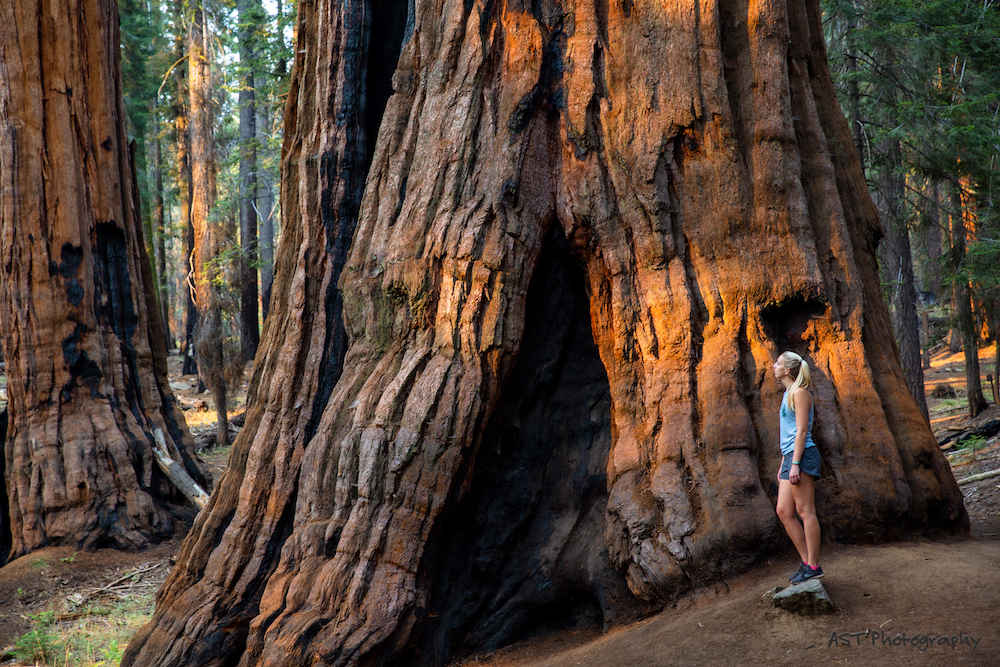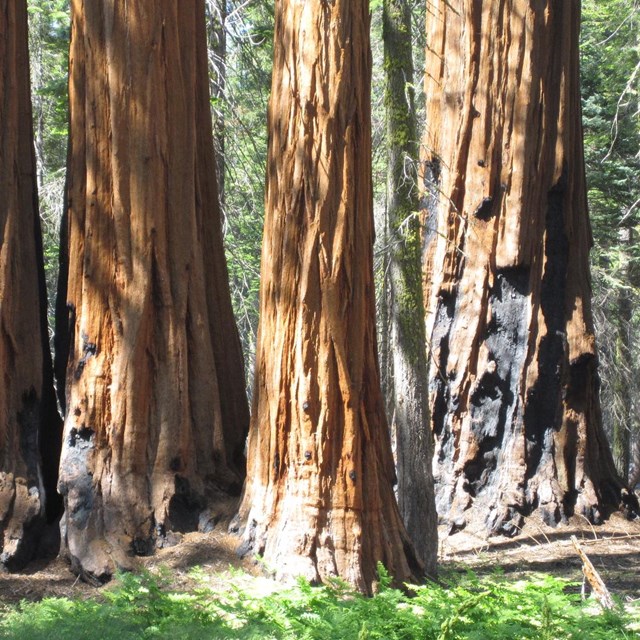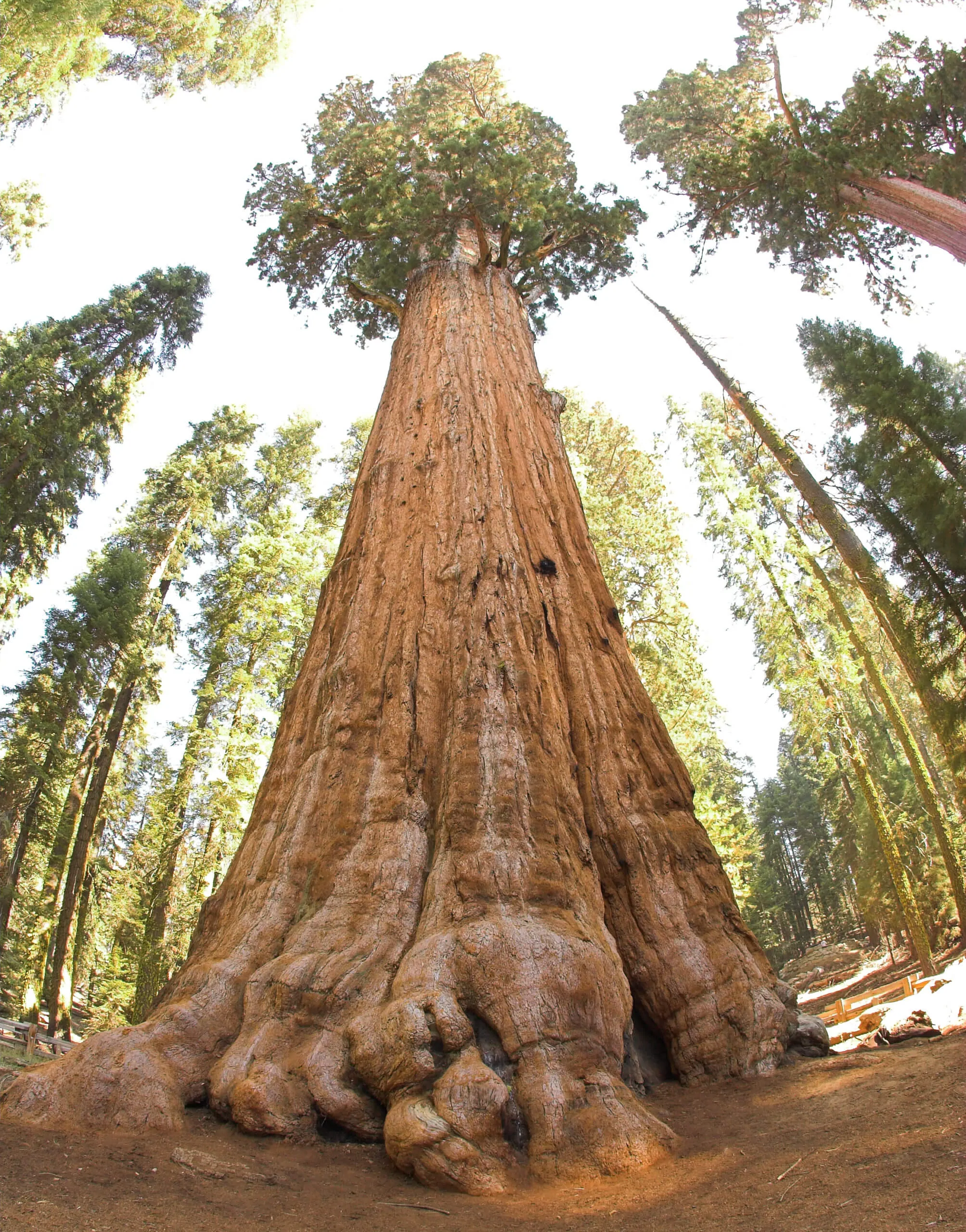Sequoia National Park Entrance Fee-- Expense of Admission and Passes
Sequoia National Park Entrance Fee-- Expense of Admission and Passes
Blog Article
Discover the Diverse Wild Animals Habitats Within Sequoia National Park
Sequoia National Park is an environmental prize, showcasing an outstanding selection of wildlife habitats that add to its abundant biodiversity. From the stunning huge sequoia forests to the varied towering meadows, each atmosphere plays an essential role in supporting different species, including both typical and uncommon fauna. The interplay of these habitats not only promotes an unique environment yet likewise underscores the value of conservation initiatives in preserving this balance. As we examine the particular qualities of these habitats, interesting questions emerge concerning the interconnectedness of life within this remarkable landscape.
Review of Sequoia National Forest
Sequoia National forest, nestled in the southerly Sierra Nevada mountain variety of California, is renowned for its breathtaking landscapes and towering large sequoias. Developed in 1890, it is one of the earliest national forests in the United States, dedicated to preserving the all-natural appeal and ecological honesty of this distinct area. The park includes over 404,000 acres of diverse terrain, featuring majestic hills, deep canyons, and lavish meadows.

Visitors can explore various hiking tracks, varying from leisurely strolls to tough backcountry paths, each supplying a distinct point of view of the park's grandeur. With its mix of natural marvels and leisure possibilities, Sequoia National Park functions as an important shelter for both wildlife and those looking for to get in touch with nature.

Significant Wildlife Environments
The varied landscapes of Sequoia National forest produce a mosaic of wild animals habitats that sustain an abundant selection of varieties. These environments vary from rich fields and dense woodlands to rough towering areas and expansive river valleys, each providing unique eco-friendly particular niches.
One noticeable habitat is the gigantic sequoia forest, characterized by looming trees and a rich understory, which supports different animals, birds, and pests. The combined conifer forests, made up of varieties such as sugar want and white fir, offer added sanctuary and food sources for wild animals.
Meadows and meadows play a crucial duty in the park's environments, acting as important foraging premises for herbivores like deer and small animals. These open locations likewise bring in diverse bird varieties, specifically throughout migration seasons.
The park's greater elevations include towering habitats, where problems are extreme and varieties are adjusted to survive in such more information extremes (Sequoia National Park hour). Below, one can find distinct vegetation and animals that thrive in rocky, cool settings
Vegetation and Animal Variety
Within the varied ecological communities of Sequoia National forest, an impressive selection of plants and fauna coexists, showcasing the detailed relationships that maintain the park's biodiversity. The park is home to over 1,300 plant types, including the renowned giant sequoias, which are amongst the biggest and oldest trees on Planet. These impressive trees supply vital environment and food sources for various wild animals, fostering a complex web of environmental interactions.
Animal species in Sequoia National Park are similarly diverse, with habitats varying from lowland foothills to high alpine atmospheres. Mammals such as black bears, mule deer, and bobcats prosper in this abundant community, while bird types, including the marvelous golden eagle and the evasive spotted owl, grace the skies. Amphibians and reptiles, like the Sierra amphibian and the western rattlesnake, additionally play essential functions in maintaining environmental balance.
The park's unique mix of elevation slopes and microclimates sustains these varied varieties, highlighting the significance of preserving the all-natural habitats that allow such an abundant tapestry of life to grow. Understanding this diversity is crucial for valuing the ecological significance of Sequoia National forest.
Conservation Efforts in the Park
Preservation initiatives in Sequoia National Park play a vital duty in protecting its special environments and the varied varieties that inhabit them. The park utilizes a complex method, consisting of environment reconstruction, species keeping an eye on, and invasive varieties monitoring. These campaigns are important for keeping the delicate equilibrium of the park's ecological communities, which include giant sequoias, meadows, and alpine atmospheres.
Energetic remediation tasks focus on improving native plant communities and restoring abject environments. Sequoia National Park hour. This is especially crucial in areas impacted by human activity or natural disturbances such as wildfires. The park's biologists perform normal surveillance of key species, consisting of the endangered Sierra Nevada bighorn lamb, to analyze populace health and wellness and inform management approaches
Invasive types position a significant risk to the park's biodiversity. With these detailed campaigns, Sequoia National Park makes every effort to secure its abundant natural heritage for future generations while ensuring the resilience of its diverse wild animals environments.
Tips for Wild Animals Monitoring
Observing wild animals in Sequoia National forest uses a special chance to link with nature and appreciate the varied varieties that thrive in this impressive environment. To maximize your wildlife observation experience, take into consideration numerous important ideas.
Firstly, plan your browse through during morning or late mid-day, as these times are most active for many pets. Bring field glasses to observe wild animals from a safe range without disrupting their natural actions. Additionally, familiarize yourself with the varieties you wish to see; recognizing their habits and habitats can boost your chances of spotting them.
Persistence is essential; wild animals observation often needs waiting quietly and knowing your surroundings. Remain on assigned tracks to reduce your influence on the environment and ensure your safety and security. It is also recommended to preserve a respectful range from animals, preventing any type of activities that might emphasize them or disrupt their atmosphere.
Last but not least, think about joining led scenic tours led by experienced park rangers. These professionals can provide beneficial understandings and boost your opportunities of experiencing wild animals in their all-natural settings. By following these suggestions, you can enhance your experience and add to the conservation of Sequoia's wildlife.

Final Thought
Sequoia National Park serves as an essential shelter for diverse wild animals, showcasing an exceptional selection of habitats that support many types. Eventually, the park's biodiversity emphasizes the importance of preserving such natural landscapes for future generations.
Please visit one of our local supporters - Wholesale Liquidation Pallet Playstation 5 For Sale
Report this page